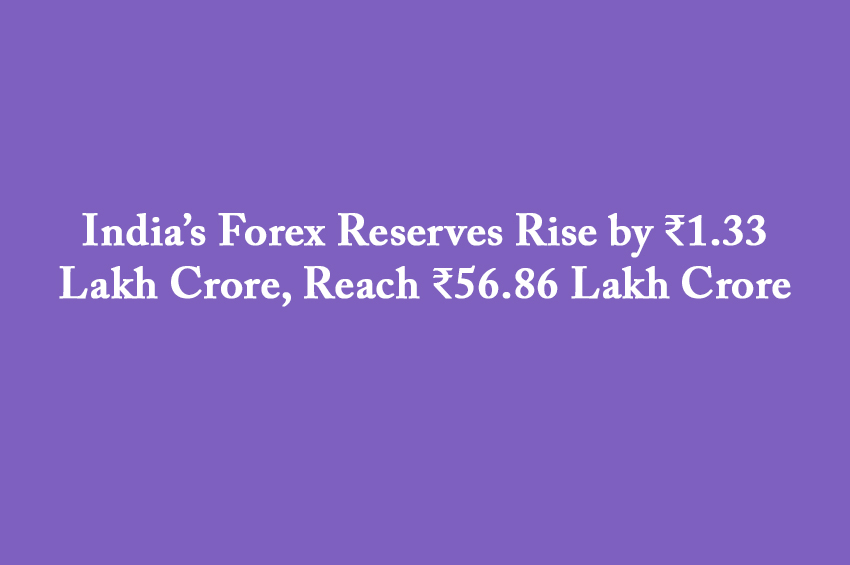Winning Bizness Desk
Mumbai. India’s foreign exchange (forex) reserves witnessed a sharp increase of ₹1.33 lakh crore ($15.26 billion) in the week ending March 7, reaching ₹56.86 lakh crore ($653.97 billion). According to data released by the Reserve Bank of India (RBI), the reserves had declined by ₹15,000 crore in the previous week, settling at ₹55.53 lakh crore.
Increase in Foreign Currency Assets
The major contributor to the rise in forex reserves was the increase in Foreign Currency Assets (FCA). These assets grew by ₹1.21 lakh crore ($13.93 billion), bringing the total FCA to ₹48.46 lakh crore ($557.28 billion). FCA forms the largest component of the reserves and includes assets held in major global currencies like the US dollar, euro, and pound.
Gold Reserves See an Upsurge
India’s gold reserves also saw a significant boost, increasing by $1 billion (₹8,700 crore) to reach ₹6.46 lakh crore ($74.32 billion). In addition, Special Drawing Rights (SDRs) with the International Monetary Fund (IMF) rose by ₹1,843 crore, totaling ₹1.68 lakh crore. The country’s reserve position with the IMF also improved by ₹600 crore, reaching ₹35,650 crore.
RBI’s Role in Forex Management
As the central bank, RBI monitors India’s foreign trade and economic indicators closely. It releases weekly updates on forex reserves, ensuring transparency in the country’s financial health. Forex reserves play a crucial role in managing external trade, stabilizing the currency, and meeting international obligations.
Intervention to Stabilize Rupee
RBI intervenes in the forex market to manage liquidity and control volatility in the exchange rate. In times of sharp rupee depreciation, it sells dollars to stabilize the currency. However, the RBI does not target any specific exchange rate but focuses on maintaining market stability. This proactive approach helps in preventing excessive fluctuations in the rupee's value against global currencies.


